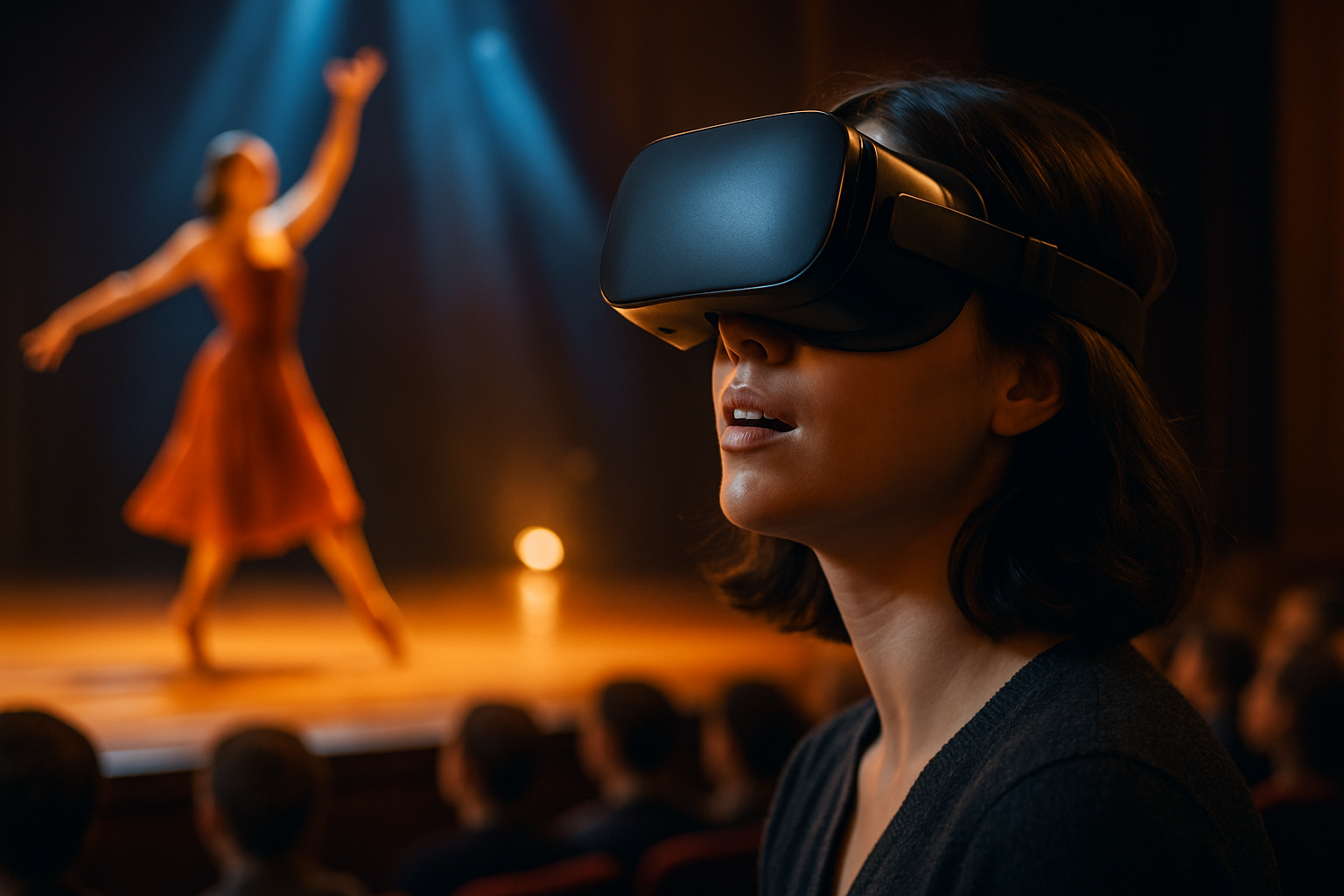Holographic Performance Art: Redefining Live Entertainment
In the ever-evolving landscape of artistic expression, holographic performance art emerges as a groundbreaking fusion of technology and creativity. This cutting-edge medium pushes the boundaries of traditional live entertainment, offering audiences immersive experiences that blur the lines between reality and illusion. As holographic technology advances, artists and performers are seizing the opportunity to craft mesmerizing spectacles that challenge our perceptions and redefine the very nature of live performance.

Pioneering Artists and Notable Performances
As the technology matured, visionary artists began to explore its potential for creating immersive and interactive experiences. One of the first high-profile holographic performances occurred in 2012 when a digital recreation of rapper Tupac Shakur appeared alongside Snoop Dogg and Dr. Dre at the Coachella Valley Music and Arts Festival. This groundbreaking moment sparked widespread interest in the possibilities of holographic performances and set the stage for future innovations.
Technical Innovations Driving the Medium
The rapid advancement of holographic technology has been crucial to its adoption in performance art. Modern holographic displays utilize a combination of high-resolution projectors, specialized screens, and sophisticated software to create lifelike, three-dimensional images that appear to occupy physical space. Recent developments in real-time rendering and motion capture have further enhanced the interactivity and realism of holographic performances, allowing artists to create dynamic, responsive holograms that can engage with live performers and audiences in unprecedented ways.
Artistic Applications and Creative Possibilities
Holographic performance art opens up a wealth of creative possibilities for artists across various disciplines. In the world of dance, choreographers are experimenting with holographic dancers that defy the laws of physics, creating ethereal movements impossible for human performers. Musicians are using holograms to collaborate with virtual versions of themselves or to bring historical figures back to the stage for unique duets. Theater productions are incorporating holographic set pieces and characters, blending the tangible and intangible to create surreal, dreamlike environments.
Cultural Impact and Future Prospects
As holographic performance art gains traction, it is reshaping audience expectations and challenging traditional notions of live entertainment. The medium offers new opportunities for accessibility, allowing performances to be simultaneously broadcast to multiple locations with holographic representations of the artists. This democratization of access has the potential to revolutionize the touring industry and bring world-class performances to previously underserved communities.
Ethical Considerations and Artistic Integrity
While the possibilities of holographic performance art are exciting, they also raise important ethical questions. The use of digital recreations of deceased artists, for example, has sparked debates about posthumous rights and artistic legacy. Additionally, as holographic technology becomes more sophisticated, concerns about the authenticity of performances and the potential for deception arise. Artists and producers working in this medium must navigate these ethical considerations carefully to maintain the integrity of their work and respect for their subjects.
Challenges and Limitations
Despite its potential, holographic performance art still faces several technical and practical challenges. The cost of equipment and production remains high, limiting widespread adoption. Additionally, the technology’s reliance on specific viewing conditions can make large-scale performances difficult to execute. Artists and technologists continue to work on solutions to these issues, striving to make holographic performances more accessible and versatile.
Collaborations and Cross-Disciplinary Approaches
The field of holographic performance art is inherently collaborative, bringing together artists, technologists, and designers to create innovative experiences. This cross-disciplinary approach is fostering new forms of creativity and pushing the boundaries of what’s possible in live entertainment. As artists from different backgrounds experiment with the medium, we’re seeing the emergence of entirely new art forms that defy traditional categorization.
Educational Applications and Skill Development
The rise of holographic performance art is also impacting education and training in the performing arts. Schools and conservatories are beginning to incorporate holographic technology into their curricula, preparing students for a future where digital and physical performances coexist. This integration is not only teaching technical skills but also encouraging students to think creatively about the nature of performance and audience engagement in the digital age.
A New Frontier in Artistic Expression
Holographic performance art represents a bold new frontier in the world of live entertainment. As technology continues to advance and artists push the boundaries of creativity, we can expect to see increasingly sophisticated and awe-inspiring holographic performances. This emerging medium has the potential to revolutionize how we experience art, offering immersive, interactive, and truly unforgettable spectacles that challenge our perceptions and ignite our imaginations. As we stand on the cusp of this holographic revolution, one thing is clear: the future of live entertainment is set to be more vibrant, dynamic, and magical than ever before.




